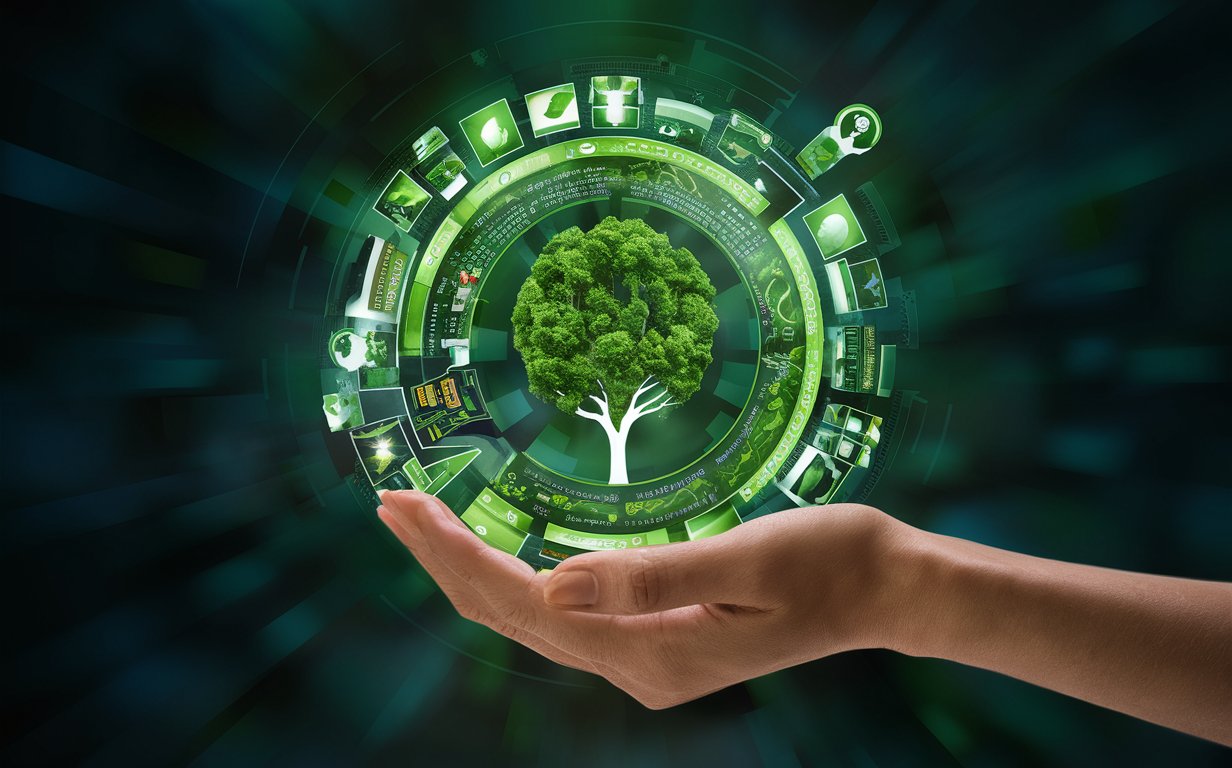Introduction:
In our increasingly digital world, the carbon footprint of software has become a critical concern. Data centers, the backbone of our digital infrastructure, consume vast amounts of energy. In 2020, data centers accounted for approximately 1% of global electricity use, equivalent to about 200-250 TWh per year. To put this in perspective, if we could achieve a 20% reduction in data center energy consumption, we could power roughly 10 million average American homes for a year. In 2023, tech giants Google and Microsoft each consumed a staggering 24 TWh of electricity, totaling 48 TWh between them. To put this into perspective, this surpasses the power consumption of over 100 nations, including Ghana and Tunisia.
Tech giants are significant contributors to this energy consumption. For instance, in 2020:
- 2020: Google + Microsoft total energy consumption was 25.7 TWh (15.4 TWh +10.2 TWh)
- 2023: Google + Microsoft total energy consumption was 48 TWh
- 2020: Amazon Web Services (AWS) used approximately 30 TWh
The importance of reducing this carbon footprint cannot be overstated. It’s not just about environmental responsibility; it’s also about cost efficiency and long-term sustainability of our digital ecosystem.
The rise of Generative AI has further intensified this issue. As AI becomes more sophisticated, its energy demands grow exponentially. For instance, OpenAI’s ChatGPT consumes approximately 500 ml of water for every 5 to 50 prompts it answers. This water usage is primarily for cooling the powerful supercomputers that train these AI systems.
Microsoft’s global water usage surged by 34% from 2021 to 2022, reaching nearly 1.7 billion gallons. Researchers attribute the majority of this growth to AI development. These numbers underscore the urgent need for sustainable practices in the tech industry.
Approaches to Reducing Environmental Impact:
- Improving Code Efficiency: Utilize code analysis tools to identify and optimize inefficient algorithms. Adopt energy-efficient programming languages and frameworks. Implement caching strategies to reduce redundant computations.
- Migrating to More Efficient Hardware: Transition to ARM-based processors for better performance per watt. Utilize specialized hardware like GPUs or TPUs for specific workloads.
- Optimizing Infrastructure: Implement container orchestration systems like Kubernetes or Docker Swarm. Use auto-scaling to match computational resources with demand.
- Leveraging Serverless Architecture: Adopt Function-as-a-Service (FaaS) platforms for more granular resource allocation.
- Right-sizing AI Models: Use Smaller Language Models (SLMs) when full LLM capabilities aren’t necessary. Implement model compression techniques like pruning and quantization. (SLMs: GPT-40 mini, Phi-3 mini, etc.)
- Exploring Alternative Energy Sources: Microsoft has partnered with Helion to explore nuclear fusion as a potential power source for AI. OpenAI’s Sam Altman is also investigating nuclear fusion as an alternative. However, some scientists argue that fission and renewable energy might be more practical for addressing immediate climate concerns.
- Water Conservation Strategies: Develop more efficient cooling systems for data centers. Explore alternative cooling methods that reduce water consumption.
Progressive and Continuous Improvement:
- Regular Monitoring: Implement tools to track carbon footprint and water usage.
- Setting and Revising Goals: Establish clear targets for reducing environmental impact.
- Staying Informed: Keep abreast of new technologies in green computing and sustainable AI.
- Balancing Priorities: Maintain a balance between environmental responsibility, performance, and cost-efficiency.
- Cultural Shift: Foster a culture of environmental responsibility within development teams.
- Collaboration: Engage with the broader tech community to share best practices for sustainable development.
- Transparency: Be open about environmental impact and efforts to mitigate it, as Microsoft has done in response to water usage concerns.
Conclusion:
The AI revolution is undoubtedly transforming our world, with companies like Microsoft attributing significant financial success to their AI investments. However, this progress comes with a considerable environmental cost. As we continue to push the boundaries of what’s possible with AI, it’s crucial that we simultaneously innovate in sustainable practices.
The tech industry’s efforts to champion renewable energy and explore alternative power sources like nuclear fusion are steps in the right direction. However, these solutions may not address immediate concerns. In the short term, a multi-faceted approach involving code optimization, efficient infrastructure, and responsible resource management is essential.
As developers, architects, and tech leaders, we have a responsibility to consider the environmental impact of our innovations. By making sustainability a core principle of technological advancement, we can ensure that the AI revolution doesn’t come at the cost of our planet’s health. The challenge ahead is to balance the incredible potential of AI with our obligation to protect and preserve our environment for future generations.
